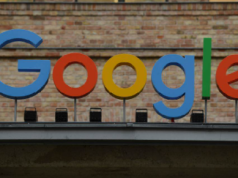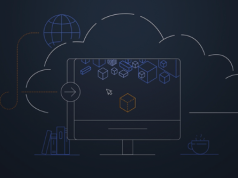The Internet of Things (IoT) is a network of physical objects, automobiles, appliances, and other items equipped with sensors, software, and connections that allow them to communicate and share data. This interconnection enables these devices to be remotely monitored, controlled, and managed, resulting in enhanced efficiency, accuracy, and economic advantage.

Sensors and Actuators: These are the physical components embedded in IoT devices that enable them to sense the environment and take actions based on the data collected.
Connectivity: IoT devices need a means to communicate with each other and with central systems. This can be achieved through various connectivity options like Wi-Fi, Bluetooth, Zigbee, RFID, cellular networks, etc.
Data Processing and Analytics: IoT generates vast amounts of data, which needs to be processed, analyzed, and turned into actionable insights. This often involves techniques such as machine learning and big data analytics.
User Interface: The interface through which users interact with IoT systems. This can be a web dashboard, mobile app, or other interfaces designed to visualize data and control devices remotely.
Security: With the proliferation of connected devices, security becomes a critical concern. IoT systems need robust security measures to protect data, prevent unauthorized access, and ensure the integrity of the system.









